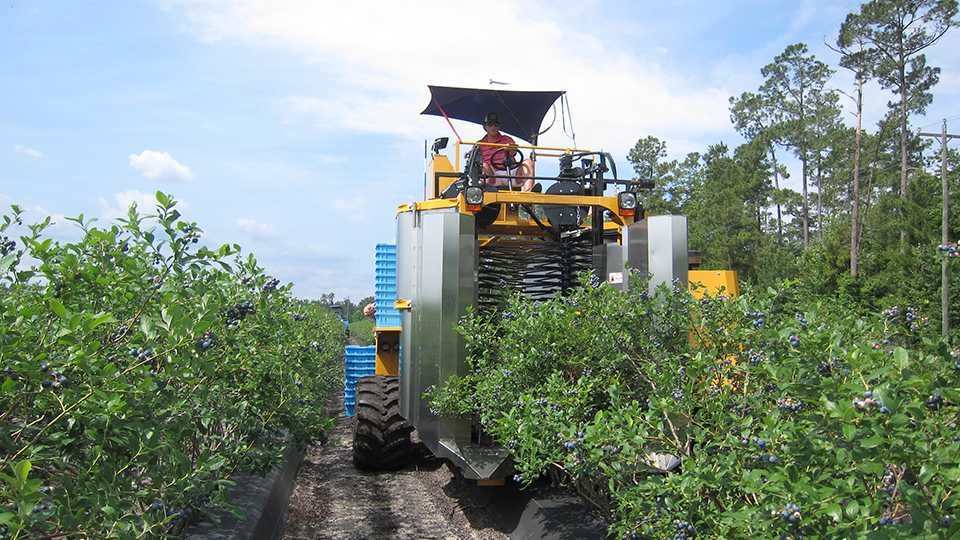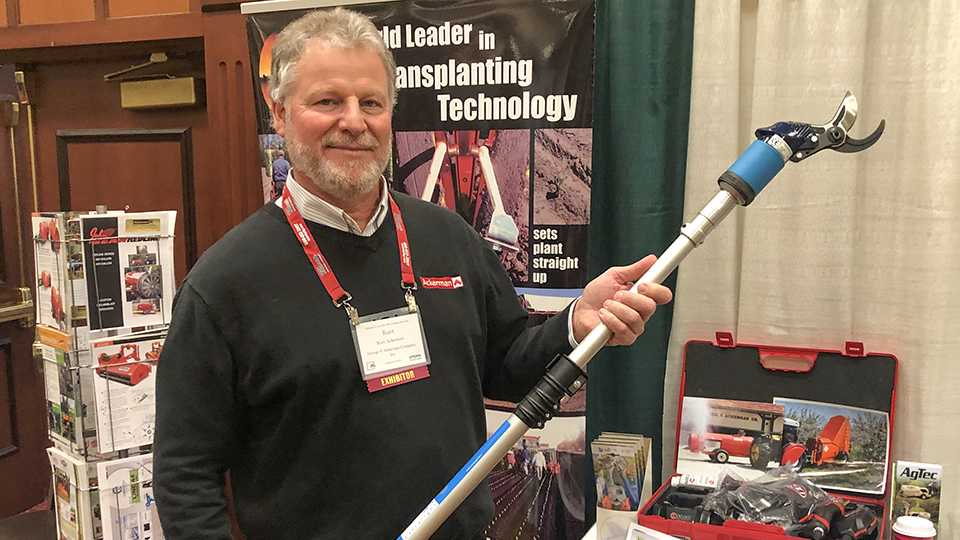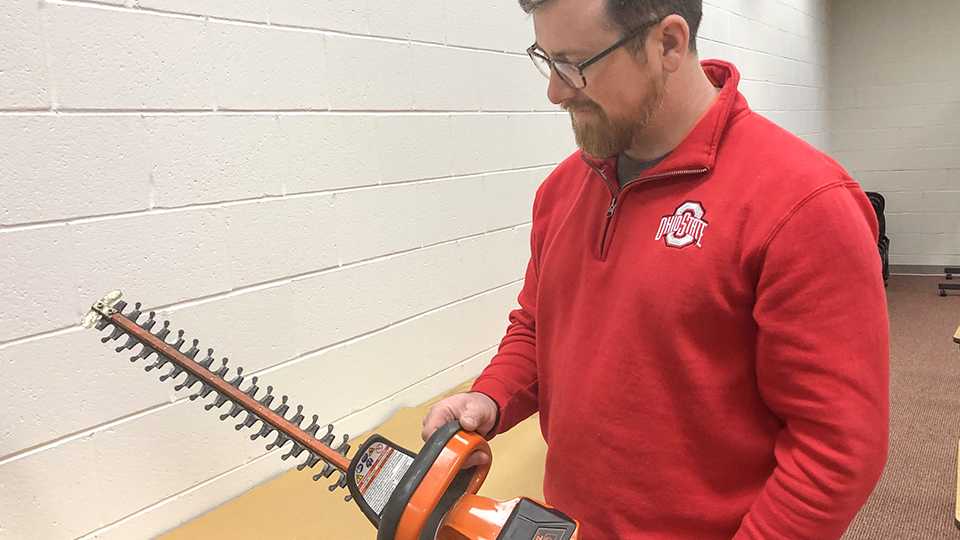Where Berry Growers Can Look for a Mechanical Edge
Labor shortages have been a major issue for the berry industry for quite some time in the U.S. and beyond. I recently asked Cathy Pullins what the main reasons are for this problem. Pullins, Co-owner of the Champaign Berry Farm in Urbana, OH, and the President of Ohio Produce Growers and Marketers Association, painted a bleak picture.
“Currently the labor market is tight, and the availability of those who want to work in a manual labor setting are fewer than in the past. Our labor pool mostly consists of high school and college students, and we find that fewer and fewer individuals have any experience, such as working on the home farm or completing chores at home, or desire to work manually.
A decreasing work ethic is also a factor. Many are not motivated to work when they can rely on parents to provide all of their monetary needs. We also have a very short season, so we need the bulk of our labor for several weeks rather than several months or longer.”
As we know, many tasks such as fruit harvesting, dormant pruning, and weed control are very labor intensive. Berry growers will need to rely on mechanized harvesters, power-assisted pruning tools, and integrated weed management strategies to cope with the challenges of labor shortages, and survive and thrive.
Mechanical Harvesters: When I asked Dr. Bruce Bordelon, Professor of Small Fruits at Purdue University, for his thoughts about labor-saving technologies for the berry industry, he pointed to automation and mechanization.
“Certainly, mechanical harvesting has to top the list,” says Bordelon. “Without it, many growers would not be in business. Automated packing lines are also a huge labor saver for larger growers. I’m thinking about blueberries, color sorting on packing lines, automatic clamshell fillers, etc. So those are big ones that have had a huge impact.”
I definitely agree with Bordelon. If you have a large operation and can “sweet talk” a bank into loaning you a large sum of money, an Oxbo 8000 or 8040 mechanical harvester should be on top of your wish list.
If you have a smaller operation, an Oxbo 930 tow-behind harvester, or similar model, should work well. Several of the blueberry growers in Ohio tell me the tow-behind harvesters pick up so much fruit, even after pick-your-own customers have gone through a berry batch, they pay for themselves in a few years!
Mechanized Pruning: All berry growers know that detailed pruning can take forever. Even rough pruning can take a long time. Any power-assisted tools or gadgets can be a big help. I ran into Kurt Ackerman of George Ackerman Co. in Curtice, OH at the 2020 Ohio Produce Network. He showed me several neat pruning tools.
Mike Pullins, Co-owner of Champaign Berry Farm with his wife Cathy, constantly develops new things to improve his berry business.
“We have adapted some equipment from the grape industry to facilitate pruning ― particularly a hydraulically powered adjustable loader mounted sickle bar mower to prune and shape the raspberries primocanes,” he says. “I am currently developing an adjustable tractor-mounted cutting blade to prune and narrow the berry rows over winter.”
I asked my Research Assistant Ryan Slaughter about the pruning tools we bought for our vineyards and berry patches. He and our summer students really like the battery-powered hedgers. Ryan said our summer students even fight over the smaller hedger because it is so much fun to use.
Mechanical and Chemical Weed Control: It always seems the weeds grow faster than the berry plants. Weed prevention with landscape fabric and/or pre-emergent herbicides, when appropriate, is still one of the best ways to reduce weed pressure. Mike Pullins says they use Green Hoe vineyard supplies and orchard equipment to weed and till alongside the berry rows, particularly the first two years. This supplements chemical weed control.
“We also utilize a golf cart and tractor-mounted electric sprayers to apply nutrients and weed control chemicals to the bases of the plants and to the aisles,” Pullins says.
On a smaller scale, Slaughter has been using a Mankar-Carry full-featured handheld herbicide applicator with hand support. The neat thing is that no dilution of the herbicide is needed, and the hood lets him spot-treat the targeted weeds with precision.
Another big area of innovation is the use of robots. Robotic harvesters, pruners, and weeders could be so much fun to have. They do not complain and can work longer hours or even during weekends. The only minor point is that robots are expensive. However, my little robotic vacuum cleaner for my home was “a pie in the sky” not that long ago. Hopefully, an affordable robot can become a reality and help us do things on our berry farms. When that happens, I will quit my “cushy” university job to become a berry grower!
On a final note, I contacted Dr. John Strang, The Ohio State University Extension Professor of Fruits and Vegetables, for ideas on labor-saving techniques. He suggests I look into a program that speeds up the record keeping for growers weighing strawberries, etc. This could be a good idea for my next article. If you have any good suggestions, please let me know as well.

















